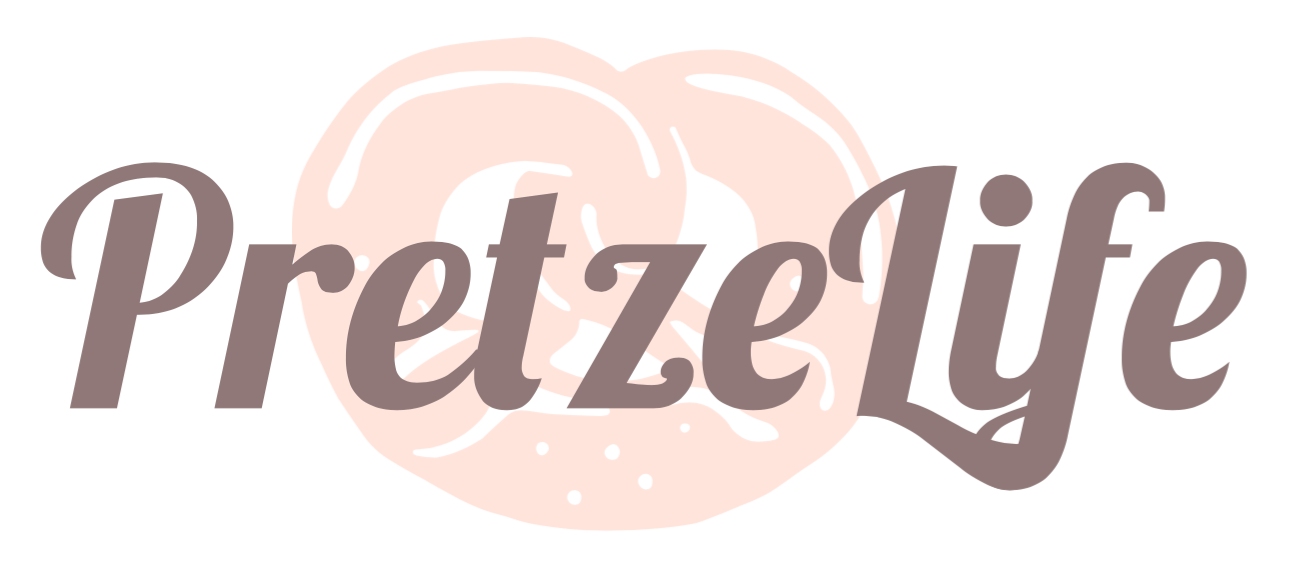Discover the Best Order to Read the Bible for the First Time!
Are you new to Bible reading and looking for the best order to read the Bible for the first time? You’re in the right place! In this blog post, we’ll be looking at what the Bible is, the advantages of reading the Bible in order, different ways to read the Bible, and the recommended Bible reading plans for beginners.
Contents
Introduction
Welcome to your Bible-reading journey! Whether you’re a new believer or have been a Christian for a while, the Bible holds an important place in your faith journey. Reading the Bible is essential for growing in your walk with God, as it is God’s word to us.
But for many of us, reading the Bible can be overwhelming and confusing. With 66 books and more than 1,000 chapters, it’s difficult to know where to start. That’s why it’s important to find the best order to read the Bible for the first time.
Overview of the Bible
The Bible is the holy book of Christianity, written over a span of 1,500 years by 40 different authors. It’s divided into two major sections: the Old Testament, which includes 39 books written before the birth of Jesus, and the New Testament, which includes 27 books written after the life of Jesus.
The Old Testament is divided into a few more sections: the Pentateuch, which includes the first five books of the Bible, and the Historical Books, which include the books from Joshua to Esther. The remaining books of the Old Testament are divided into Poetry, Prophets, and Wisdom. The New Testament is divided into the Gospels, Acts, Epistles, and Revelation.
Different Ways to Read the Bible
When it comes to reading the Bible, you can take several different approaches. You can read the Bible in chronological order, topically, or following a reading plan.
Chronological order means reading the Bible in the order that the events occurred. This helps us to gain a better understanding of the historical context of the Bible.
Reading the bible topically helps us to gain a better understanding of how the Bible speaks to different topics, such as faith, love, forgiveness, etc.

Best Order to Read the Bible for the First Time
If you’re looking for the best order to read the Bible for the first time, the New Testament is the place to start. Begin in the Gospels, Matthew, Mark, Luke, and John, which tell the life and teachings of Christ from each of the follower’s perspectives. Specifically, I would read the book of Mark first because it is small. Mark begins in Jesus’ life as an adult focusing more on His role as the son of God and His service to the people. After the Gospels, move on to Acts. Read through Jude but save Revelation for later (it’s difficult for anyone to grasp the first time).
Begin reading the Old Testament in Genesis and Exodus, then move on to Joshua. Read through the remaining books of the Old Testament.
Read Leviticus, Numbers, Deuteronomy, and Revelation last. These books can be difficult to read at first. Leviticus, Numbers, and Deuteronomy are the last three books of the Pentateuch, or books of the law written by Moses. The books of law can be repetitive and appear irrelevant to us today. You will find yourself skimming areas of these books. Revelation tells us what is to come at the end of time when Jesus returns. Revelation has imagery and symbolism that can be confusing.
Historical Order to Read the Bible In
Another approach to reading the Bible is to read it in historical order. This approach follows the order in which the events of the Bible occurred. The historical order is also known as the chronological order of the bible. There are bibles published in chronological order.
Reading the Bible in order has many advantages. For one, it helps us to gain a better understanding of the Bible as a whole. When we read the Bible in order, we’re better able to follow the narrative flow of the Bible, as well as gain a better appreciation for the unity of the Bible’s message.
Reading the Bible in order also helps us to better connect with its characters. We can better appreciate their journey, their struggles, and the lessons they learned along the way. We’re also able to gain a better understanding of God’s character, as we’re able to see how He interacts with His people throughout the Bible.
Finally, reading the Bible chronologically helps us better understand the historical context of the Bible. By understanding the historical timeline of the Bible, we’re able to understand better how the events of the Bible fit together. A psalm of praise David wrote will follow the victory that was won he is referring to, for example.
Topical Study of the Bible
The third approach to reading the Bible is to read it topically. This approach follows topics addressed in the Bible. Here’s a brief overview of some of the topics of the Bible:
- Creation
- Sin and Fall
- Redemption
- Relationships
- Character
- Leadership
- Wisdom
- Holiness
- Prayer
- Justice
- Hope

Recommended Bible Reading Plans
Now that you know the different ways to read the Bible, it’s time to explore Bible reading plans that may fit your needs. Many different Bible reading plans are available, from daily devotionals to long-term reading plans. Here are a few of the most popular Bible reading plans:
- The One-Year Bible: This Bible reading plan divides the Bible into 365 daily readings so that you can read through the entire Bible in one year.
- The Discipleship Journal Bible Reading Plan: This plan divides the Bible into four readings per day over a span of one year. Each month has 25 readings, giving you some free days to catch up if you fall behind or set aside days not to read at all.
- The Chronological Bible: This plan reads the Bible in chronological order, which helps to understand the historical context of the Bible better.
- The M’Cheyne Bible Reading Plan: This plan divides the Bible into two readings per day over a span of one year. You will read the New Testament and Psalms twice and the remainder of the Old Testament once in a year.
- The 5x5x5 Bible Reading Plan: This plan reads through the New Testament in 5 minutes a day, 5 days per week, over a span of one year.
Benefits of Starting Your Bible Reading Journey
Now that you know the different ways to read the Bible, it’s time to start your Bible-reading journey. As you embark on this journey, you’ll find that there are many benefits to reading the Bible.
First, reading the Bible will help you grow your knowledge and understanding of God’s word. You’ll better understand God’s character and His plan for your life. You’ll also be able to gain a better understanding of the historical context of the Bible, as well as the unity of its message.
Second, reading the Bible will help you grow your relationship with God. As you read the Bible, you’ll be able to better connect with God. You’ll be able to learn from the struggles and successes of the Bible’s characters, and you’ll be able to apply the lessons they learned to your own life.
Finally, reading the Bible will help you to grow in your faith. As you read the Bible, you’ll be reminded of God’s faithfulness and His love for you. You’ll be able to draw closer to Him and discover a deeper relationship with Him.

Conclusion
Now that you know the best order to read the Bible for the first time and the benefits of starting your Bible reading journey, it’s time to get started! Whether you choose to read the Bible in the order recommended for a first-time read-through, historical order, topically, or a combination of these approaches, the important thing is to begin.
Just like any journey, Bible reading can be daunting at first. But as you continue to read and study the Bible, you’ll find it full of incredible stories and lessons. As you discover God’s word, you’ll be able to deepen your relationship with Him and grow in your faith. So don’t wait any longer – it’s time to start your Bible-reading journey!







